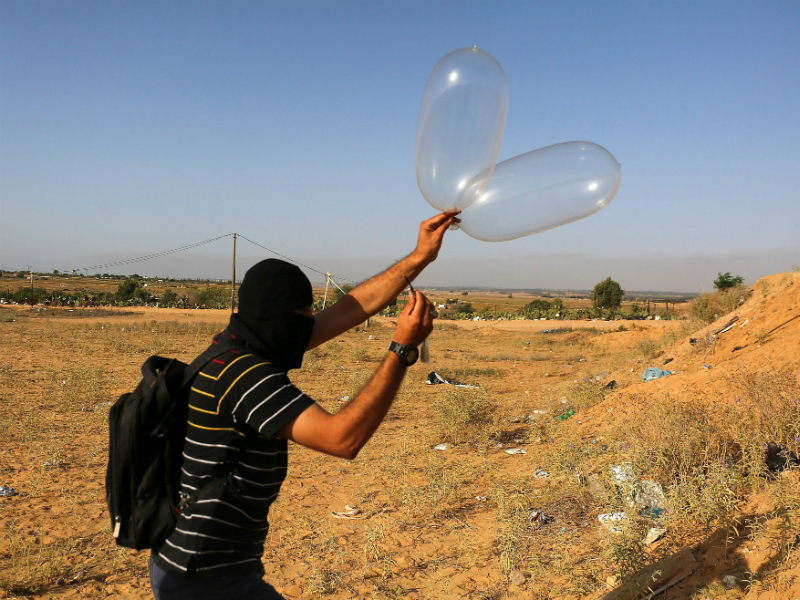In the Israeli election free-for-all, the prospects for peace with the Palestinians will get some attention, but without engagement from the other side, there is little to discuss.
At the same time, many Israelis are aware of the need for a change to the “temporary” status quo, which has lasted 51 years. The fundamental question that remains unanswered is: how will Israel continue to be Jewish and democratic if millions of Palestinians are included indefinitely? Although Israelis are wary of the “ultimate peace deal” that U.S. President Donald Trump promises to push after the election, it adds to the momentum for rethinking the issues.
For most Israeli political parties, the two-state formula (very few Israelis think a “solution” is realistic) has run its course, without yielding any results. Proposed in 2002 by then-U.S. president George W. Bush and grudgingly accepted by Israeli Prime Minister Benjamin Netanyahu in 2009, the hope was that the Palestinians would finally accept the legitimacy of a Jewish state, in exchange for their own sovereign nation.
But this never happened – Palestinian leaders are stuck in 1948, still hoping to reverse the creation of Israel altogether. Dreams of returning to the 1949 armistice lines, including re-dividing Jerusalem, are obvious non-starters. They are also busy fighting each other, with Hamas in control of Gaza and Fatah governing the West Bank. At the same time, terror and incitement continue, and Israelis are not convinced that the two-state approach will improve the situation (most think it will make things worse). The “international consensus” that presses Israel to take all the risks, while exempting the “powerless” Palestinians from any responsibility, has no traction here.
In this political vacuum, a number of civil society institutions are discussing alternatives, in part to pre-empt the Trump plan. After a hiatus of a decade or more, think tanks are publishing maps showing which parts of Judea and Samaria (the West Bank) should be annexed to Israel for pragmatic, security, historic or other reasons, and which areas should be relinquished, and under what conditions.
READ: STEINBERG: WILL ANYONE CHALLENGE NETANYAHU?
The organization known as My Israel recently distributed a media supplement on these issues and held a widely attended conference in Jerusalem, to explore different options. It was an acknowledgement that a holistic formula to solve all the complex issues is unrealistic. A cross section of leading politicians and policymakers presented 11 different options, including annexing the entire territory and granting citizenship to the Palestinians, which would weaken the Jewish and Zionist foundations of Israel.
A more modest (and realistic) proposal would declare Israeli sovereignty between Jerusalem and Jericho (Area C in the Oslo framework, which has a small Palestinian population), while the other areas would become an autonomous Palestinian territory, but fall short of full independence.
Another option included partly returning to the pre-1967 situation by turning the West Bank into a Jordanian province and putting Gaza under Egyptian control. There is no evidence that either Jordan or Egypt would be interested in such plans, but in terms of creative thinking, the proposal expands the horizons.
These and similar discussions are just the beginning of the renewed debate, and the results are unclear. It is possible that by the time a new government is formed, and despite all this creativity, Israelis will decide that there are no realistic alternatives and that more of the status quo, with all of its limitations, is the least bad option.
Most importantly, and regardless of where this all ends or how Trump stirs the pot, Israelis across a wide swath of the political spectrum are thinking and talking about peace, borders and maps. Perhaps the leaders of the next government will also be prepared to reopen the issues and expand the search for a workable policy.
